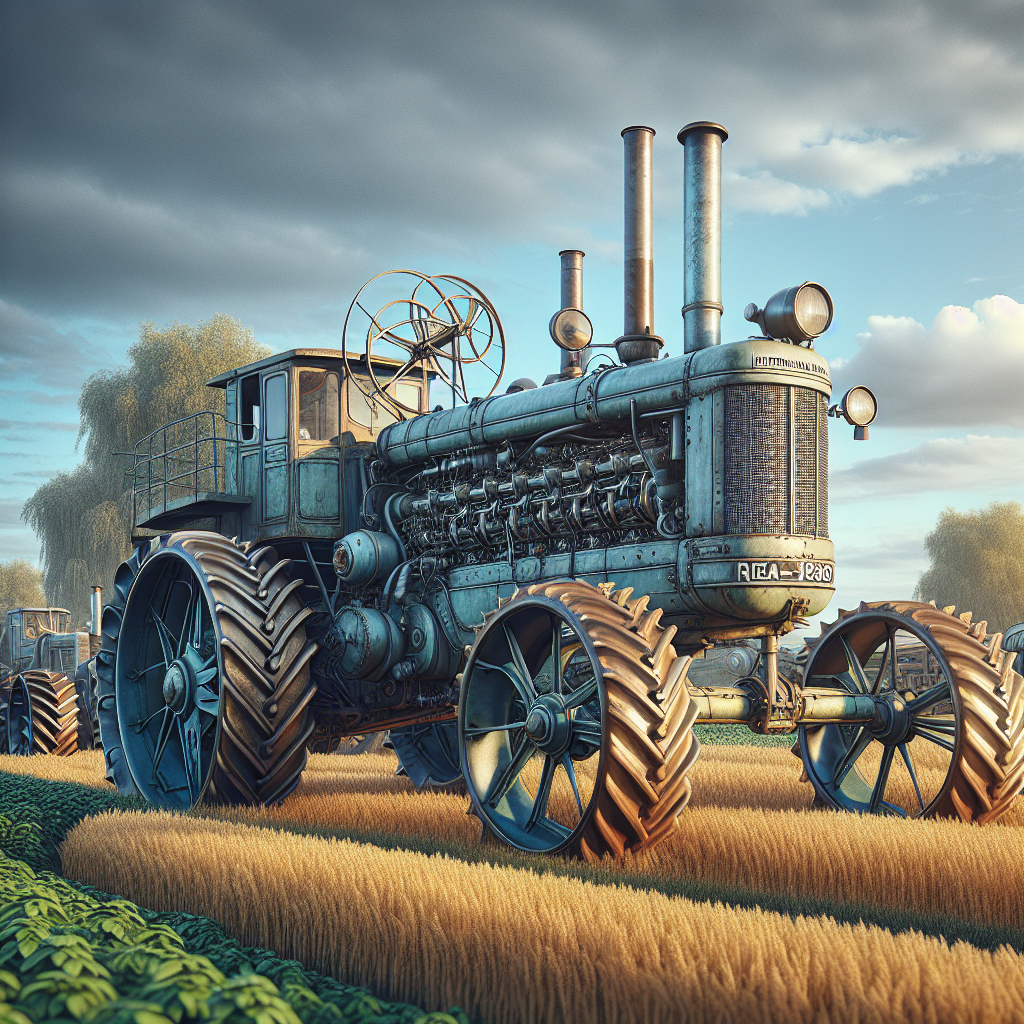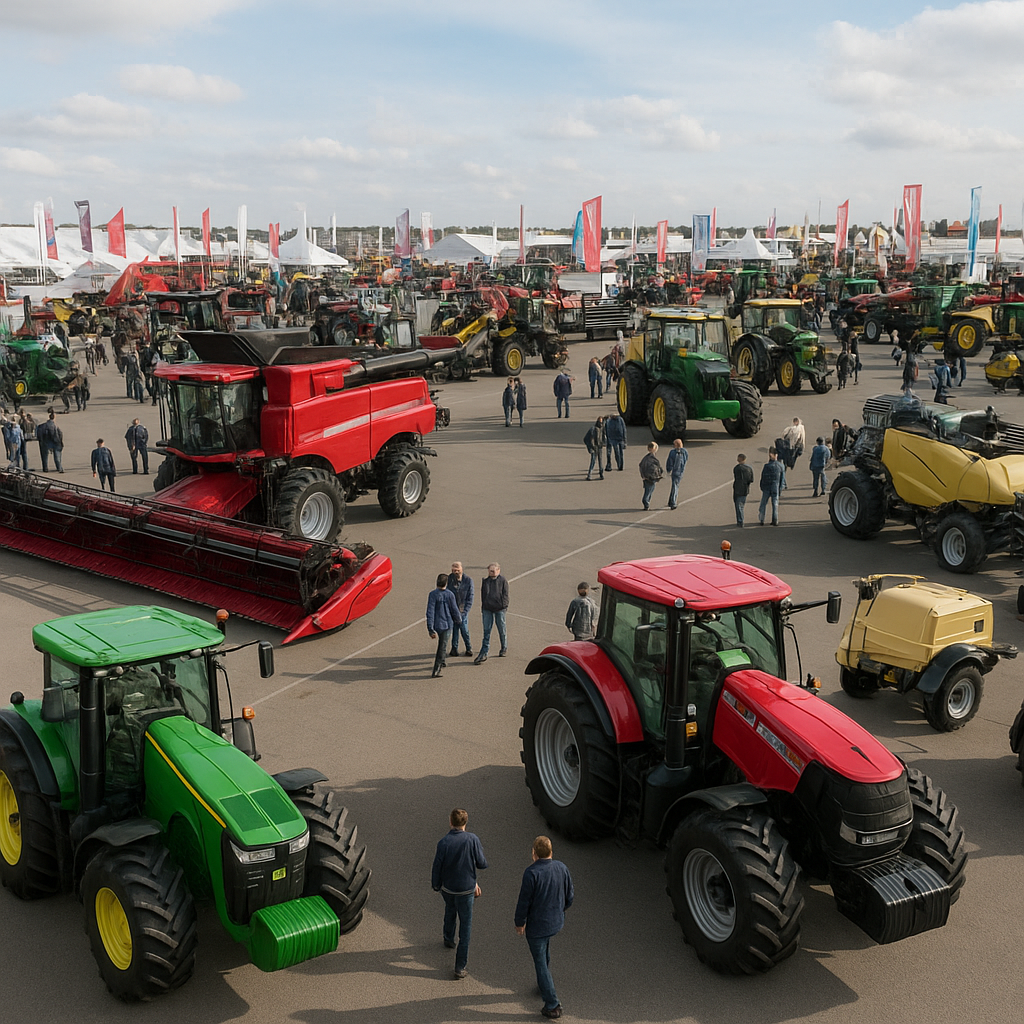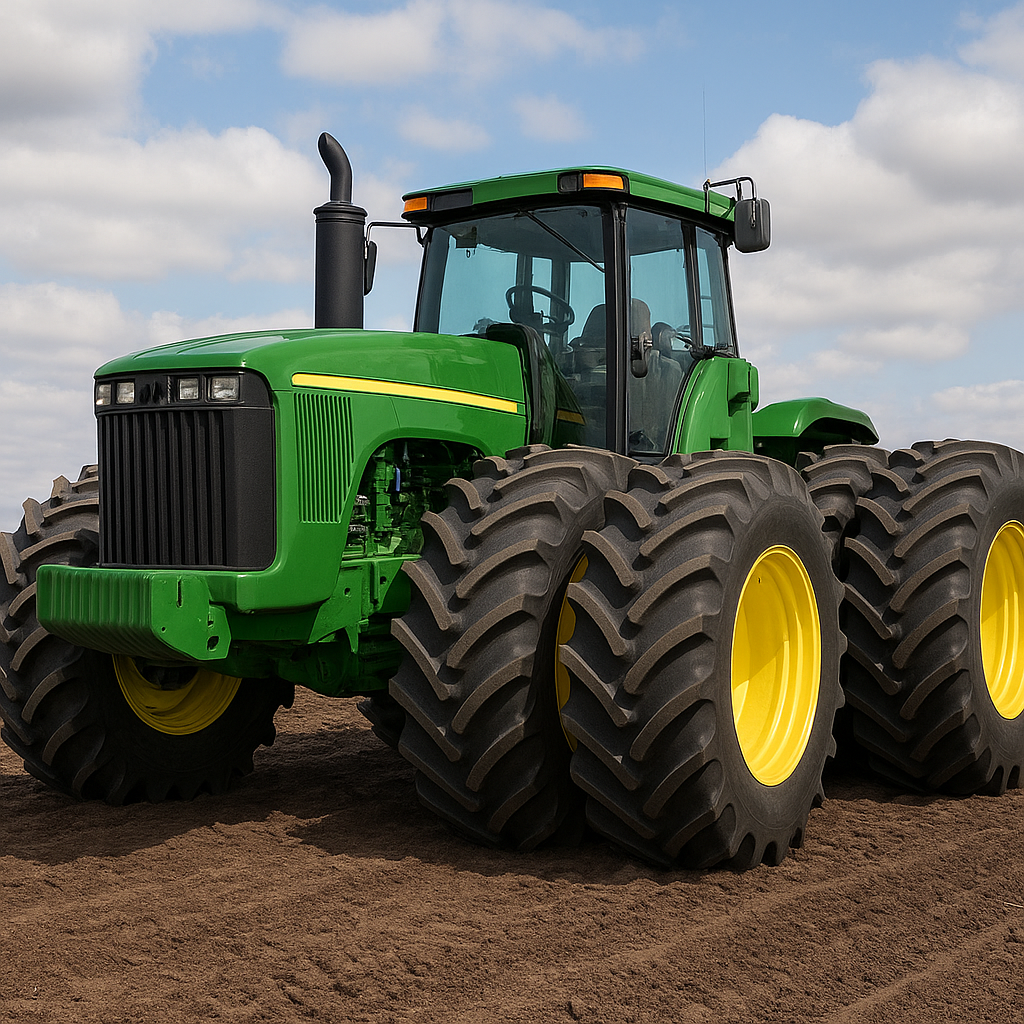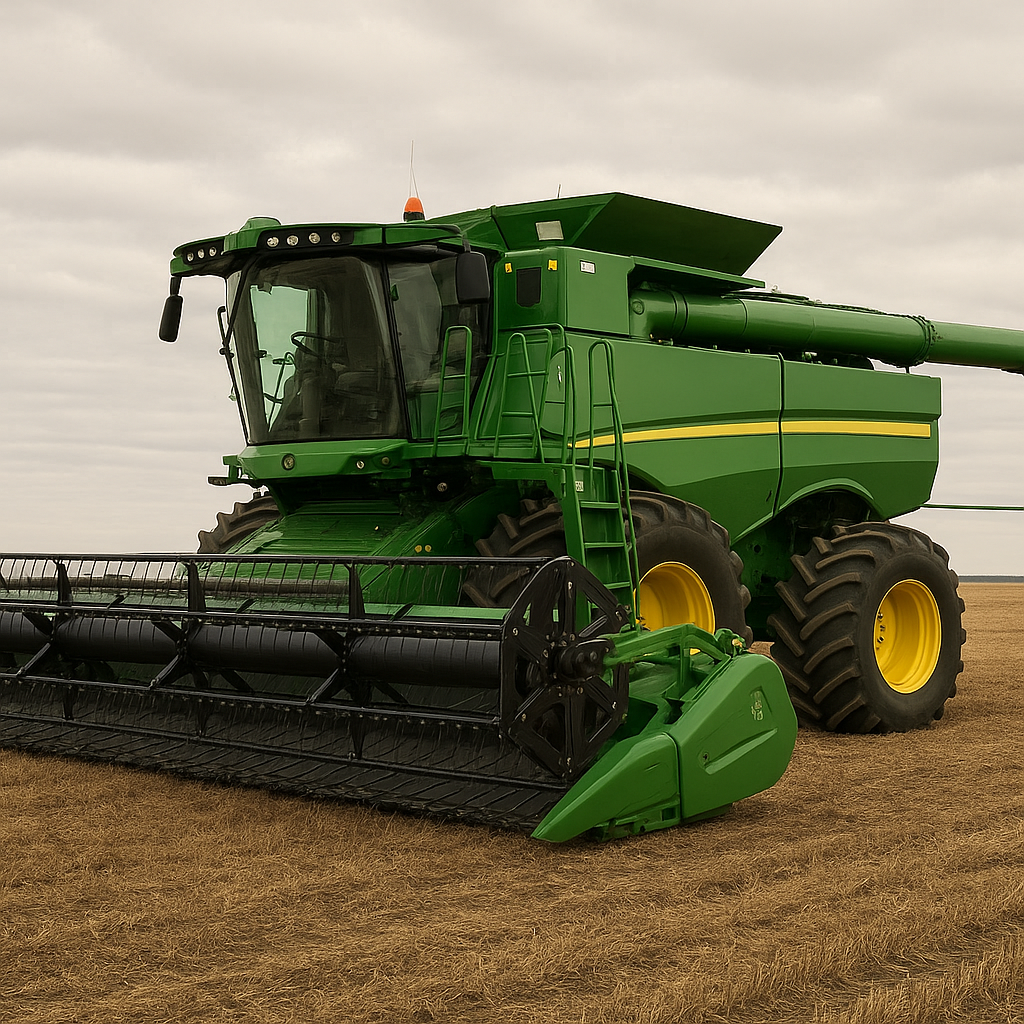International Harvester (IH) tractors have played a significant role in the evolution of agricultural machinery. From their inception in the early 20th century to their modern iterations, these tractors have been at the forefront of innovation and efficiency in farming. This article delves into the rich history of International Harvester tractors, exploring their development, impact, and legacy.
Early Beginnings and Innovations
The story of International Harvester tractors begins in 1902 when the International Harvester Company was formed through the merger of several smaller companies, including the McCormick Harvesting Machine Company and the Deering Harvester Company. This merger aimed to consolidate resources and expertise to create more advanced agricultural machinery.
One of the first significant innovations from IH was the introduction of the Mogul 8-16 in 1914. This tractor was designed to be more affordable and accessible to smaller farmers, featuring a two-cylinder engine and a simple, robust design. The Mogul 8-16 was a commercial success and set the stage for future developments in tractor technology.
In the 1920s, IH continued to innovate with the introduction of the Farmall tractor. The Farmall was revolutionary because it was the first row-crop tractor, designed to be versatile and capable of performing a variety of tasks, from plowing to cultivating. Its tricycle design allowed for better maneuverability in fields, making it a favorite among farmers.
Expansion and Technological Advancements
The 1930s and 1940s saw significant advancements in IH tractor technology. During this period, the company introduced the Farmall F-Series, which included the F-12, F-20, and F-30 models. These tractors were known for their durability and power, making them suitable for larger farms and more demanding tasks.
World War II brought challenges and opportunities for IH. The company shifted some of its production to support the war effort, manufacturing military vehicles and equipment. However, this period also saw the development of new technologies that would later be applied to agricultural machinery. After the war, IH introduced the Farmall H and M models, which became some of the most popular tractors of their time.
In the 1950s and 1960s, IH continued to expand its product line and incorporate new technologies. The introduction of the Farmall 100, 200, 300, and 400 series brought improvements in power, hydraulics, and comfort. The company also began to focus on diesel engines, which offered better fuel efficiency and performance compared to gasoline engines.
The Golden Era and Decline
The 1970s are often considered the golden era of International Harvester tractors. During this decade, the company introduced the 66 Series, which included models like the 1066, 1466, and 1566. These tractors were known for their power, reliability, and advanced features, such as improved hydraulics and operator comfort.
However, the 1980s brought challenges for IH. The agricultural industry faced economic difficulties, and competition from other manufacturers intensified. Despite introducing innovative models like the 50 Series, IH struggled to maintain its market position. Financial difficulties led to the sale of the agricultural division to Tenneco, Inc. in 1985, which merged it with Case Corporation to form Case IH.
Legacy and Modern Impact
Despite the challenges and changes in ownership, the legacy of International Harvester tractors endures. Many of the innovations and design principles developed by IH continue to influence modern agricultural machinery. The Farmall brand, in particular, remains iconic and is still used by Case IH for a line of tractors that honor the original’s versatility and reliability.
Today, collectors and enthusiasts preserve and restore vintage IH tractors, celebrating their historical significance and engineering excellence. These tractors are not only functional pieces of machinery but also symbols of a bygone era of agricultural innovation.
In conclusion, the history of International Harvester tractors is a testament to the company’s commitment to advancing agricultural technology. From the early Mogul 8-16 to the powerful 66 Series, IH tractors have left an indelible mark on the farming industry. Their legacy continues to inspire and influence the design and development of modern tractors, ensuring that the spirit of innovation lives on.









